Head Lice
What Are Head Lice?
Head lice are tiny, wingless insects that live on the human scalp and feed on blood. They are most common in children, especially those aged 4 to 11, but anyone can get them. Head lice do not carry disease, but they can cause itching and discomfort. They are not a sign of poor hygiene and can affect anyone, regardless of how clean their hair is.
What Do Head Lice Look Like?
Head lice are about the size of a sesame seed (2-3mm long), greyish-white or brown in colour, and have six legs. They move quickly and can be hard to spot. Their eggs, called nits, are small, oval-shaped, and yellow or white. Nits stick to the hair close to the scalp and can be easier to see than the lice themselves.
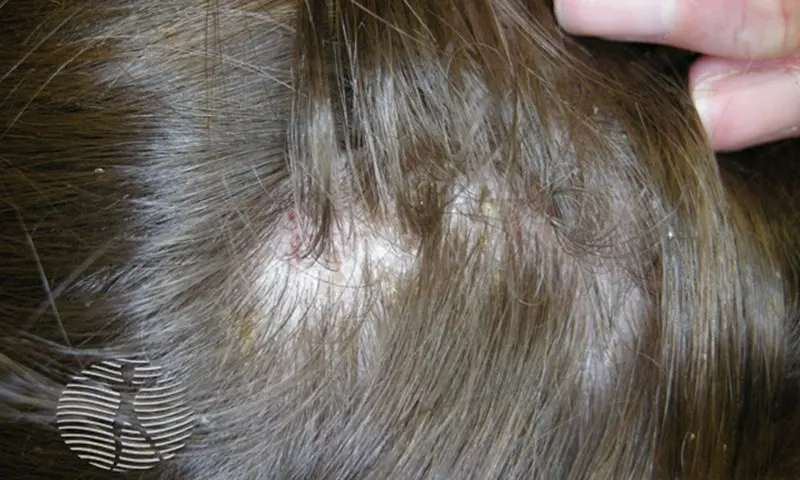
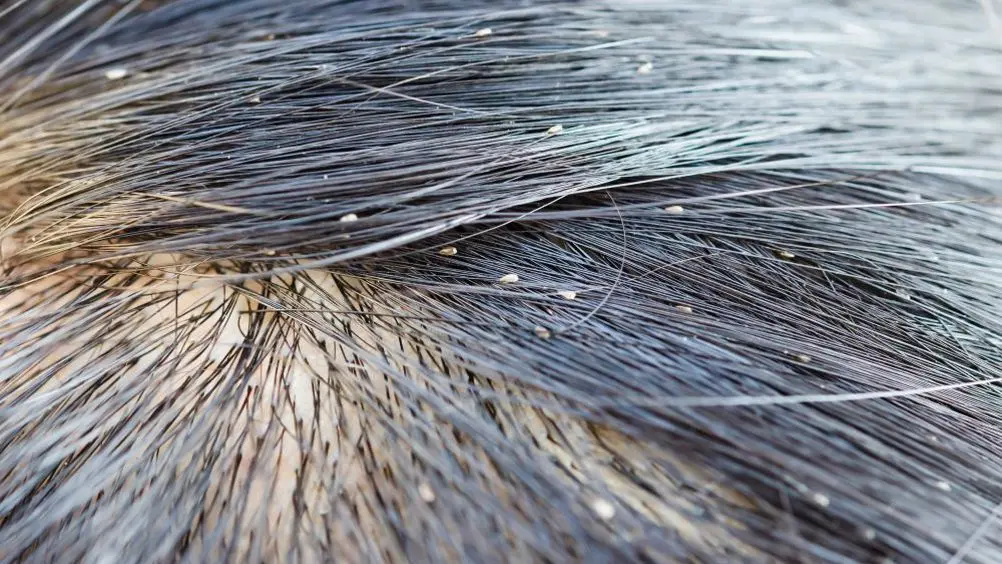
How Do You Get Head Lice?
Head lice spread through direct head-to-head contact. This often happens during play, at school, or at home between family members. They do not jump or fly, and it is very rare to catch them from objects like hats or hairbrushes.
Symptoms of Head Lice
The most common sign of head lice is itching, caused by an allergic reaction to the bites. Other signs include:
- Feeling something moving in the hair
- Visible lice or eggs close to the scalp
- Red bumps or sores from scratching
General Advice and Prevention
While it's not always possible to prevent head lice completely, there are steps you can take to reduce the risk and manage infestations:
- Check your child's hair regularly, especially after reports of lice at school
- Avoid head-to-head contact where possible
- Do not share hats, hairbrushes, or combs
- Treat all affected people in the household at the same time
- Wet combing can help detect lice early
Treatment Options for Head Lice
Several treatments are available to kill head lice, including medicated lotions and mechanical methods like wet combing. Here's a look at the most commonly used products:
Hedrin 4% Lotion (Dimeticone)
- How it works: Coats and suffocates the lice rather than using insecticides
- Pros: Gentle on the scalp, odourless, suitable for asthmatics and babies over 6 months
- Cons: Requires hair to be kept dry for at least 8 hours after application
Full Marks Solution
- How it works: Contains cyclomethicone and isopropyl myristate to kill lice by dehydrating them
- Pros: Fast acting (takes 5 minutes), comes with a fine-toothed comb
- Cons: Can feel greasy and may not be suitable for those with sensitive skin
Lyclear Express Solution
- How it works: Kills lice and eggs in 5 minutes by suffocating and dehydrating them
- Pros: Quick treatment time, includes comb, pleasant smell
- Cons: Hair must be washed out thoroughly, and some people may need a second application
Which Treatment Is Best?
All three treatments are effective when used correctly. However, many people find Hedrin 4% lotion to be the best option because it's gentle, non-insecticidal, and safe for most ages and conditions. It's particularly useful in households where sensitivity to other treatments is a concern.
No treatment kills all eggs, so a second application is usually needed 7 days later. Always follow the instructions on the packaging or consult a pharmacist for guidance.
Wet Combing Method
Wet combing is a non-chemical method that involves using a fine-toothed nit comb on wet, conditioned hair to physically remove lice and eggs. This method requires patience and consistency:
- Comb every 3-4 days for at least 2 weeks
- May be preferred for babies or those who can't use chemical treatments
- Less effective unless done thoroughly
Summary
Head lice are a common but manageable condition, especially in school-aged children. They don't indicate poor hygiene and can affect anyone. While lice can be annoying, they are treatable with several effective options including Hedrin, Full Marks, and Lyclear. Preventative checks and treating all affected members of the household can help stop them from spreading.
Frequently Asked Questions (FAQs)
1. Do head lice live on pets?
No, head lice only live on human scalps. You can't catch them from pets.
2. Can adults get head lice?
Yes, anyone can get lice, though it's more common in children due to close contact during play.
3. How soon after treatment can my child return to school?
Your child can usually return to school the same day treatment starts—head lice are not a reason to keep a child off school according to NHS guidance.
4. Do I need to wash bedding and clothes?
It's not usually necessary. Head lice cannot survive long away from the scalp, so they rarely spread through clothing or bedding.
5. What if the treatment doesn't work?
If lice are still present after a full treatment cycle, speak to a pharmacist. You may need to repeat the treatment or try an alternative product.
Sources
Related products
-
P
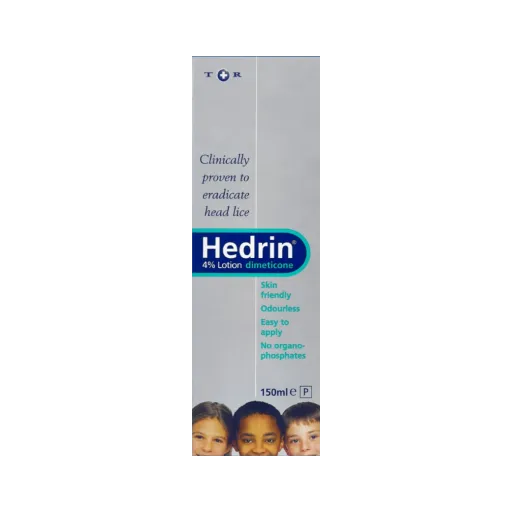
hedrin lotion
£6.19
-
P
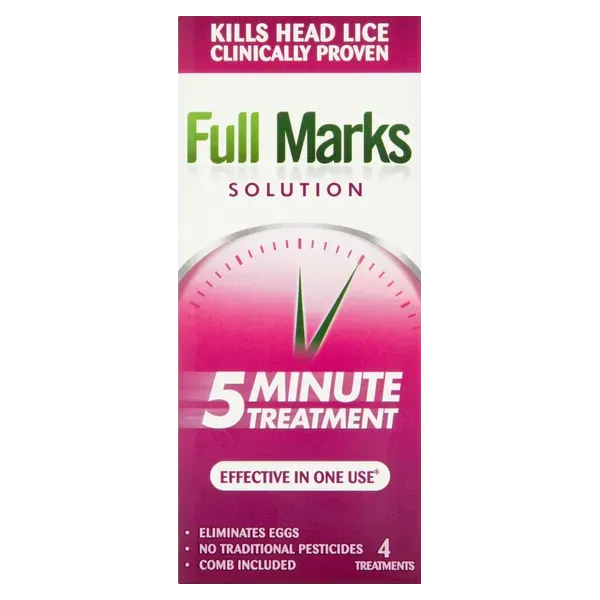
full marks solution
£8.99
-
P
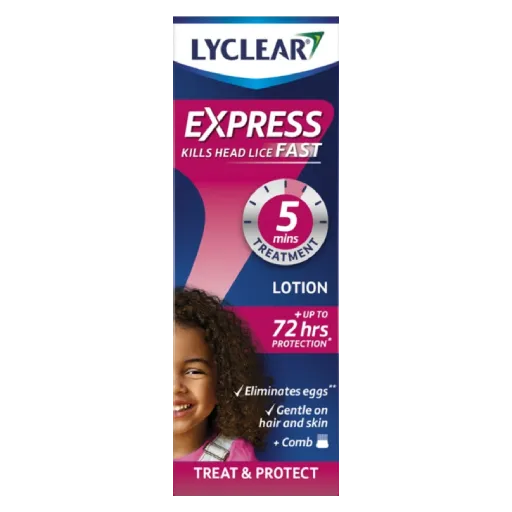
lyclear express lotion
£8.99